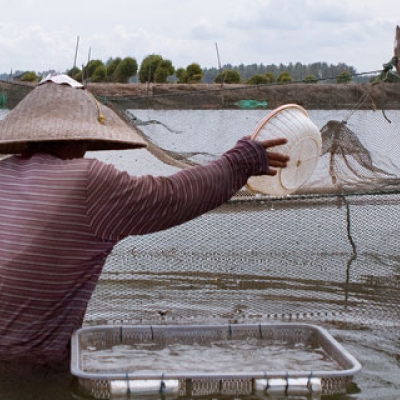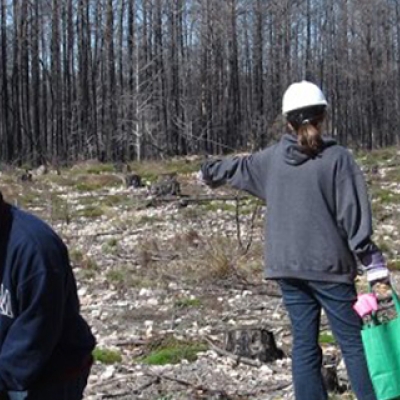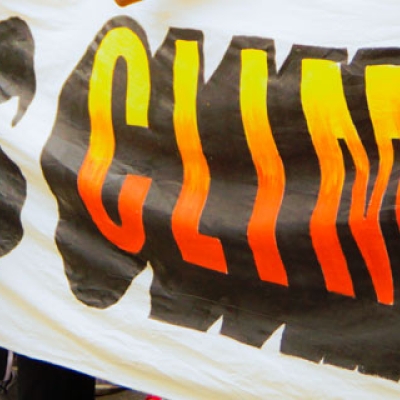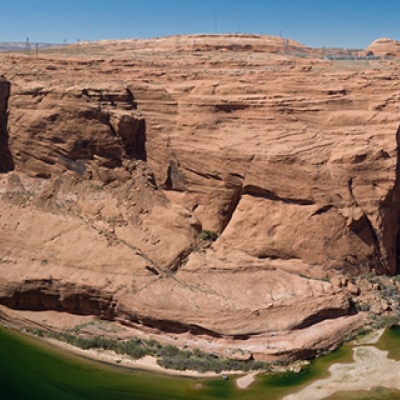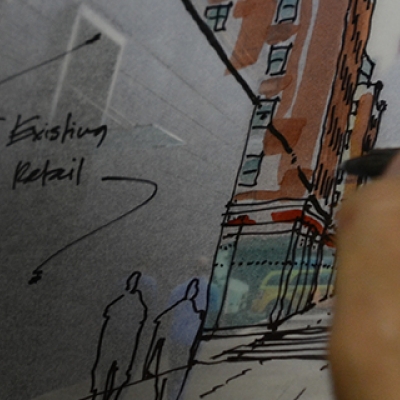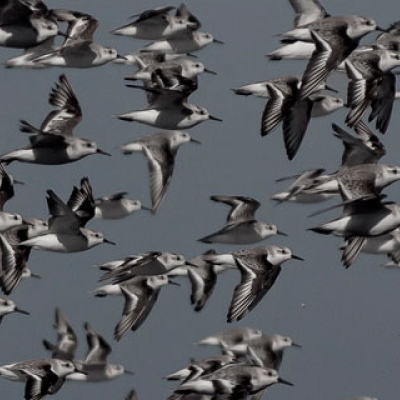
The Corpse Flower and the Honeysuckle
By Eric Dinerstein / On July 23rd, 2013
Considering the lines stretching around the block ten years ago to witness one of nature’s masterpieces, you might want to arrive early when the National Botanic Garden opens its doors. Trained botanists, tropical ecologists, and naturalists must queue patiently alongside curious visitors from Toledo. All eagerly await a chance to pay homage to the world’s largest flowering plant, the titan arum, now opening (literally) at the Garden. This floral extravaganza will likely run a few more days before Amorphophallus titanum returns to normal life and goes out of bloom.

